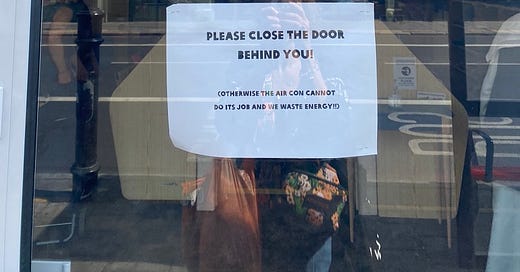Are we heading for a Secondhand Fashion Tipping Point?
And can Secondhand Fashion shopping start to replace new apparel purchases and be a stepping stone to a more sustainable fashion industry?
Aged 56, I made a brave move last year and returned to University and I’m currently studying the MA Fashion Futures at London College of Fashion. Why? Because after over thirty five years of working as a Creative Leader in the Fashion Industry, enough was enough. In this, the decisive decade, fashion needs to halve its carbon emissions by 2030 to meet the targets agreed in the Paris Climate Accord and limit global warming to 1.5 degrees.
And with just seven years to go shouldn’t that be something that everyone is talking about all the time? I think so!
In the last twenty years yearly global fashion production numbers have more than doubled. We now make somewhere between 100 and 150 new billon garments each and every year. Thats around 14 new garments for each and every one of us every year. On average we buy more new clothes than we bought in 2000, wear them a lot less and clear out our wardrobes at an ever increasing pace. With The Ellen MacArthur Foundation saying that some garments are discarded after just seven to ten wears. And as Adam Minter explains his highly readable expose of the secondhand market, Secondhand; Travels in the New Global Garage Sale, thrift stores and charity shops are overwhelmed and the export apparel market in used clothing continues to grow.
According to the latest Thredup Resale Report the global secondhand market will almost double in next four years, delivering $350 billion in sales and predicted to grow three times faster that the mainstream fashion market globally. All this makes me wonder whether we’re heading for a tipping point where there will be so many old clothes in circulation that we can find everything we need secondhand and start making less new clothes. And The British Fashion Council said “ there are enough clothes on the planet right now to dress the next six generations”.
Given that around 80 percent of fashions carbon emissions come from the production of new fibres, textiles and garments; making less new apparel is the simplest way to reduce the industry’s environmental impact. Isn’t it?
Combine the stockpiles of discarded clothes in charity stores, and unwanted and unworn outfits hanging in most of our wardrobes with the accessibility that online and social selling routes give us to a shared global secondhand wardrobe, and a potentially lucrative side hustle, and you can start to see the scope for the market to grow. Plus hunting down the things you want secondhand can be really good fun and is significantly better for your bank balance too. No wonder ever increasing numbers of people are choosing to shop secondhand first.
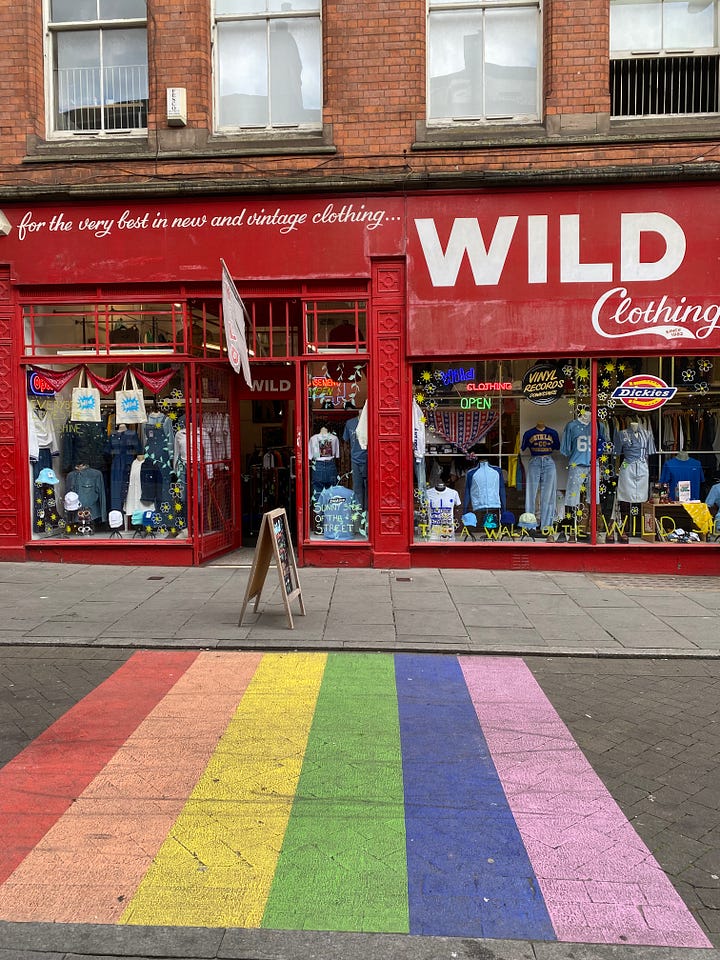
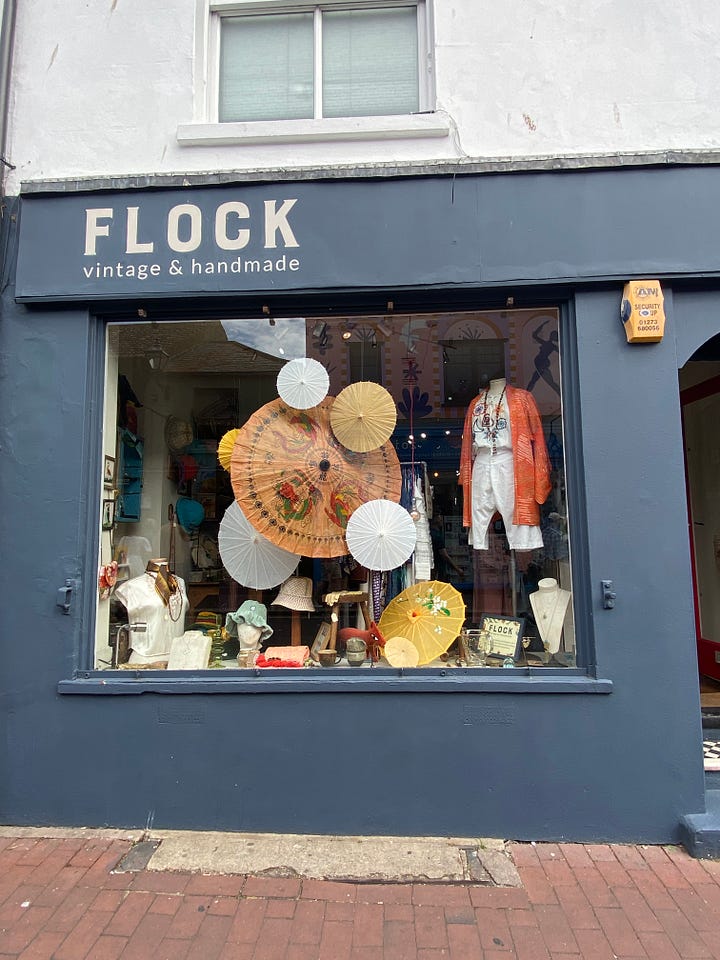
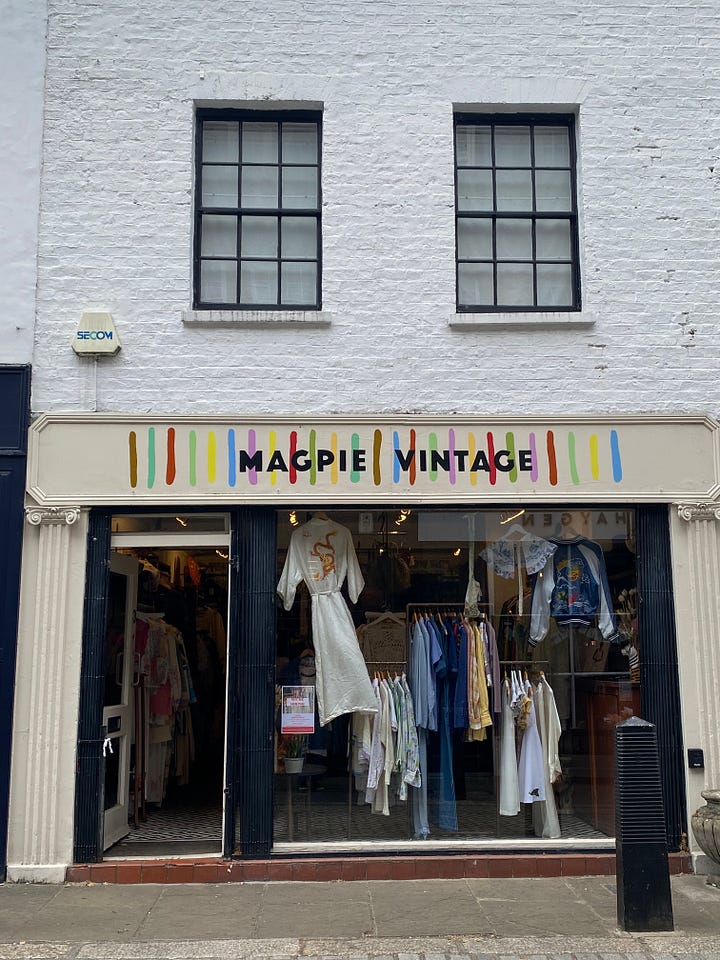
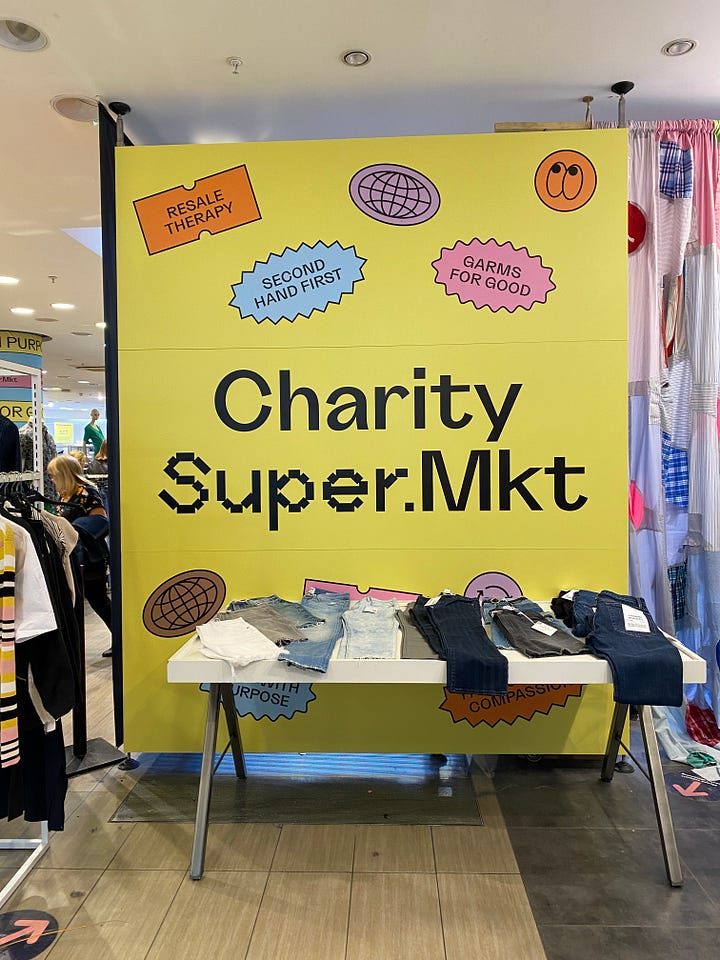
My MA research seeks to test the theory the potential for the fashion industry to integrate resale at its heart, as the easiest, scaleable sustainable option for both consumers and fashion businesses alike. What do you think? Does that sound feasible?
I’m testing using this platform as a forum to share what I’m learning and ask for feedback, help and advice on my research. If you have information, thoughts, or opinions you can share, or would like to be involved in my research please get in touch.
